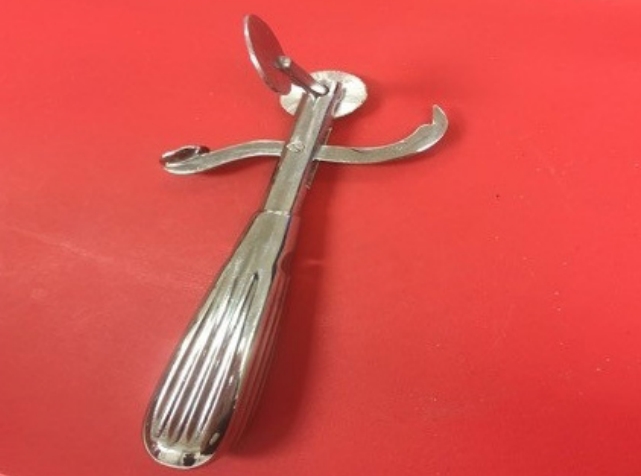INTRODUCTION
In the United States, approximately 59% of newborn males undergo in-hospital circumcision after birth [1]. The Plastibell device is one of the three most common methods used for this procedure, along with the Gomco clamp and the Mogen clamp.1,2 After manual lysis of adhesions between the glans and the prepuce, an appropriately sized Plastibell device is inserted on the glans. The prepuce is then tightly tied against the groove on the Plastibell device and allowed to necrose over the subsequent few days [1,2]. The ring usually falls off spontaneously within 5 to 7 days [2]. Studies report complication rates between 2.4% to 5%, most commonly involving bleeding, ring retention, or proximal migration due to improper sizing [1-3]. Consequences of retained rings include rare cases of scarring, glans necrosis, local infection, sepsis, and urethrocutaneous fistula [2,4].
CASE REPORT
A 21-day-old term male presented to the emergency department with penile swelling, decreased urinary output, and parental concern for dysuria. On exam, his glans penis was edematous and erythematous, with an area of denuded skin on the penile shaft. The Plastibell circumcision device, placed on day 1 of life, was present and had migrated down the penile shaft (Fig. 1). He was otherwise afebrile and without signs of infection.
The patient received oral sucrose for analgesia by mouth (SweetEase solution, 24% sucrose and water; McKesson Medical Surgical, Richmond, VA, USA). An attempt was made to reduce the edema with the application of a thick mixture of granulated sugar and sterile water. After 15 minutes, gentle pressure was applied, but the glans could not be reduced through the Plastibell ring. Fig. 2 lists the stepwise approach to removal using a finger ring cutter (Fig. 3) without further trauma to the penis. The patient was discharged home with instructions to apply an antibacterial ointment to the penis until it healed. The patientŌĆÖs parent provided written consent to use photos for publication.
DISCUSSION
There is no unanimously agreed upon approach to removing retained Plastibell rings on infants. As reported by previous studies, using a ring cutter is a rapid, efficient, and safe method to remove retained and proximally migrated Plastibell rings after circumcision [2,3,5]. These studies have been reported in surgical settings, and these patients may present to the emergency department where a ring cutter is often a standard supply [2,3,5]. Other methods involve manual ring removal, for example, by removing the suture holding the Plastibell device in place and attempting to reduce the glans penis through the ring if it fails to be loosened by suture removal [3,6]. Although manual methods do not involve the use of surgical instruments, they can cause significant pain and distress, and may incur further tissue damage through the manipulation of an already inflamed and painful penis. One study reports using disposable suture removal scissors to create a cut in the ring before prying it open using hemostats [7]. Compared with removal using a ring cutter, this method has greater potential for injury, as it involves fragmenting the ring by force. While the use of traditional methods such as lubrication may be possible in the absence of edema, a ring cutter can safely and effectively be used to remove a retained device. Emergency physicians should be made aware of this simple and safe technique.
















